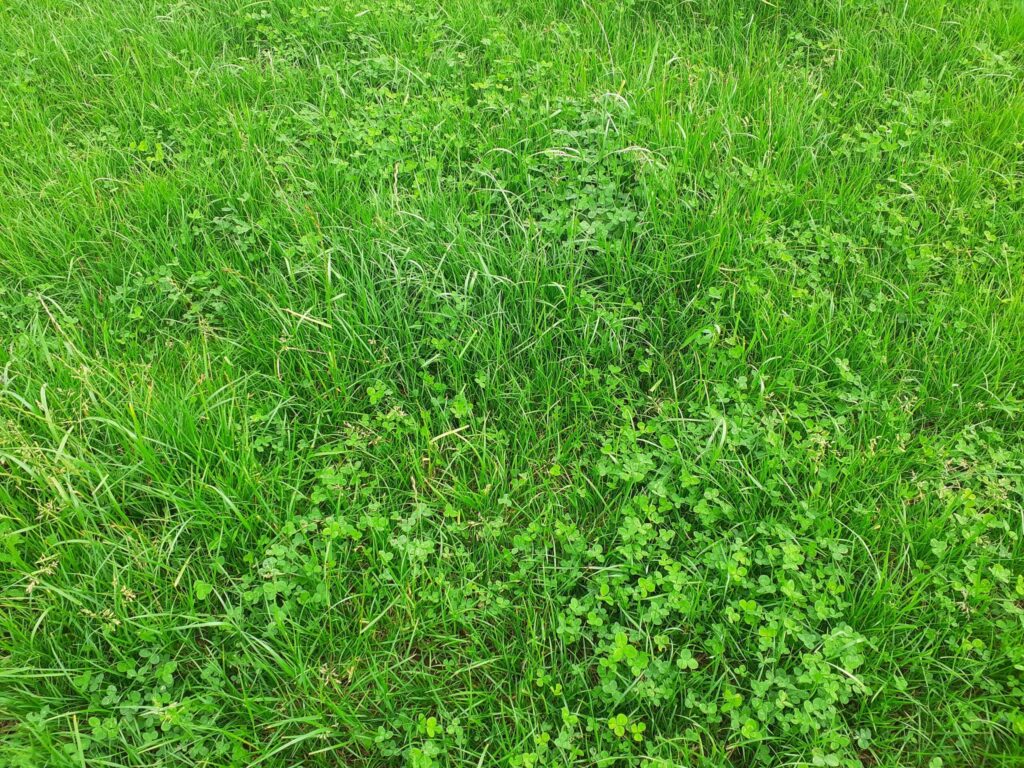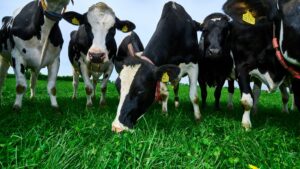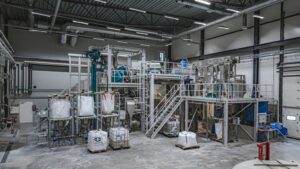A famous political leader once said: “Never let a good crisis go to waste”. We have been here before. Higher costs on energy and inputs, higher commodity prices and more focus on how we can produce more efficient with less input. Sometimes, when things come too easily, we might tend to forget choosing the right solutions over the easy ones. But when things get tough and fertilizer and feed cost rises to the sky, a small modest plant is ready to help us feed our livestock or greening our lawns without emptying our wallets: CLOVER!
Clover’s ability to thrive in symbiosis with nitrogen-fixing bacteria is indeed a good example of nature’s wonders. The root nodules are small power factories that convert atmospheric nitrogen gas to protein in the clover plant and nutritious fertilizers to neighboring plants.
Farmers can utilize this gift to increase on-farm protein production instead of expensively bought protein concentrate. AND in a feeding context there is an additional win of growing clovers together with grass: it is what nutritional expert scientists call the ‘clover effect’, which is expressed as a significant increase in fiber digestibility, feed intake, and milk yield. In several cases the presence of clover can even cover up for low-digestible grass that was harvested too late.
Known also to improve soil fertility, pasture clovers can provide a formidable break crop to reduce crop weeds and diseases. The seed industry makes significant effort in finding new ways to include known and new clover species in a broad range of farming systems to promote agricultural productivity. In this endeavor R&D plays a key role in selecting elite germplasm that will promote sustainable grazing systems both in intensive production areas as well as in low rainfall zones.
So, what’s not to like? There is money in using clovers and there is also a considerable amount of climate consciousness. More than 1 per cent of the world’s total energy consumption goes exclusively for making ammonia. Clovers, alfalfa and other legumes are mother nature’s own, sustainable low-energy way of providing nutrients for feed and food production. Honeybees, bumble bees, and a lot of other insects love them too. Mix them with grass and go for it!









